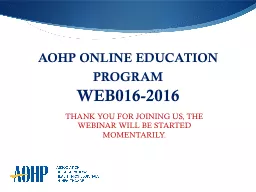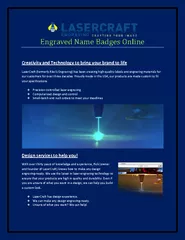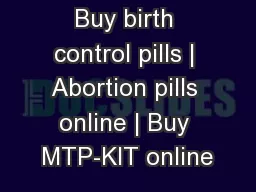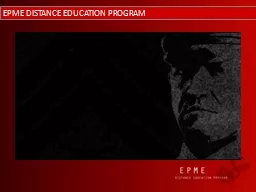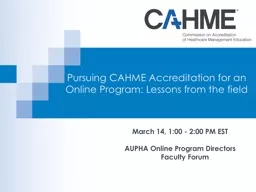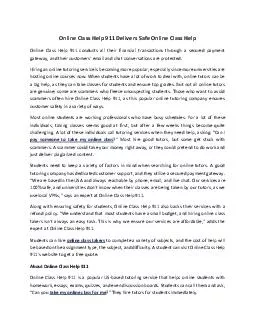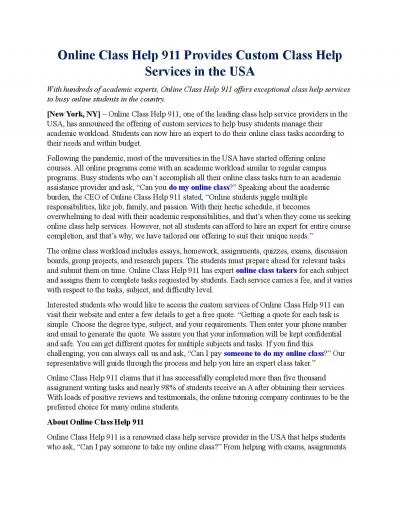PPT-AOHP ONLINE EDUCATION PROGRAM
Author : karlyn-bohler | Published Date : 2018-02-25
WEB0162016 THANK YOU FOR JOINING US THE WEBINAR WILL BE STARTED MOMENTARILY Preventing Occupational Exposures to Bloodborne amp Biological Hazards We Have Only
Presentation Embed Code
Download Presentation
Download Presentation The PPT/PDF document "AOHP ONLINE EDUCATION PROGRAM" is the property of its rightful owner. Permission is granted to download and print the materials on this website for personal, non-commercial use only, and to display it on your personal computer provided you do not modify the materials and that you retain all copyright notices contained in the materials. By downloading content from our website, you accept the terms of this agreement.
AOHP ONLINE EDUCATION PROGRAM: Transcript
Download Rules Of Document
"AOHP ONLINE EDUCATION PROGRAM"The content belongs to its owner. You may download and print it for personal use, without modification, and keep all copyright notices. By downloading, you agree to these terms.
Related Documents

